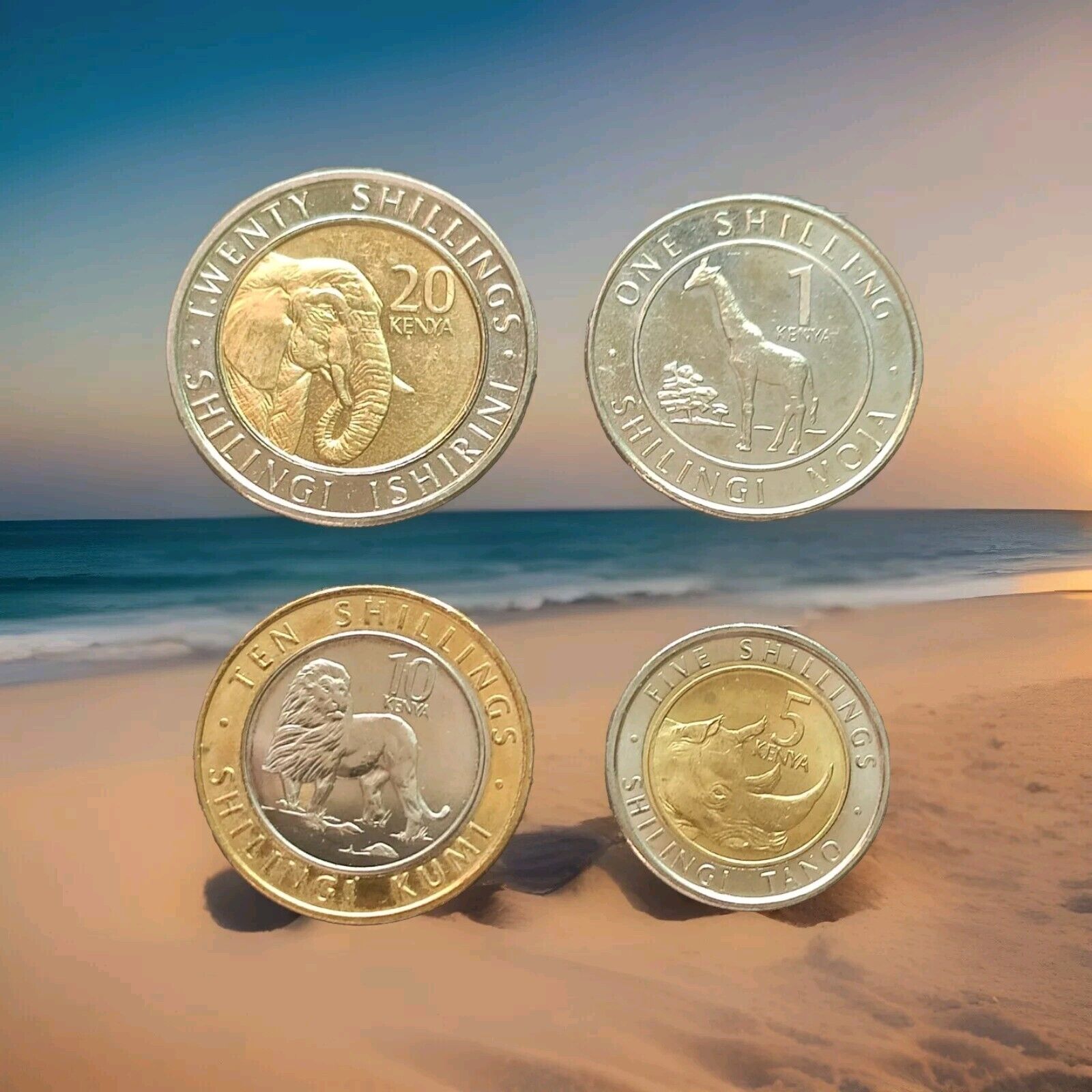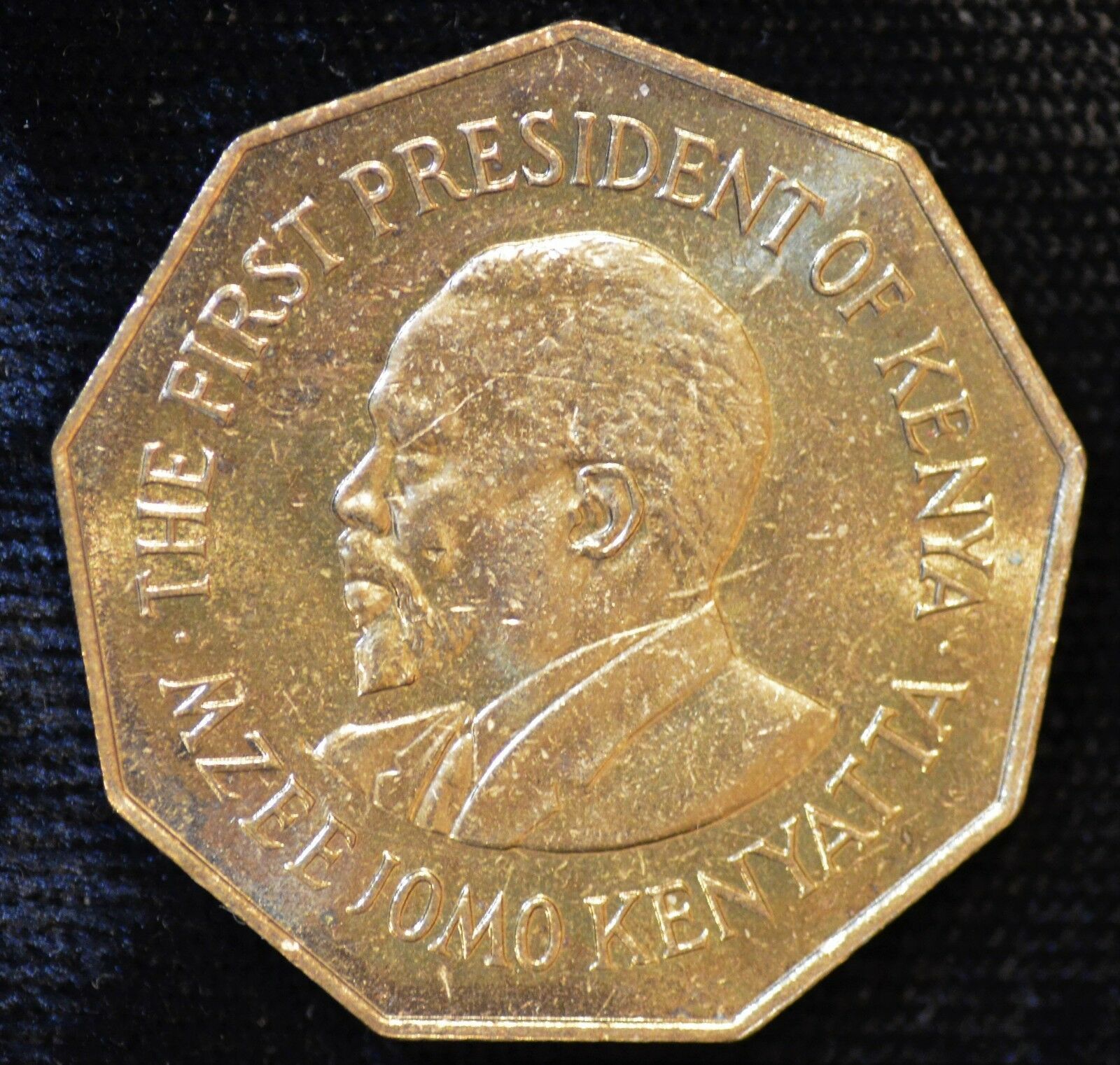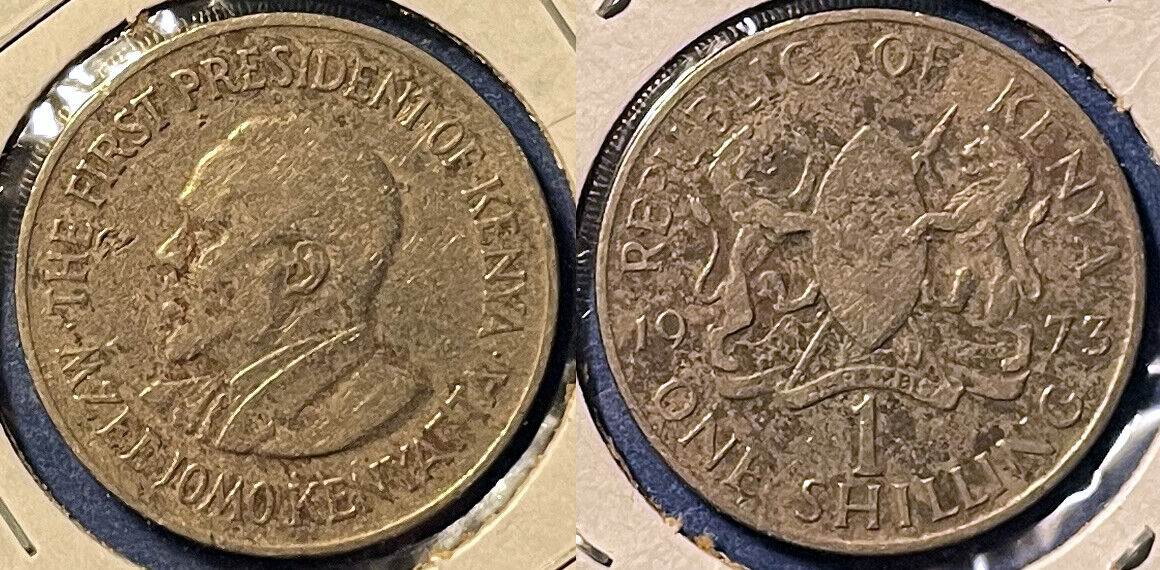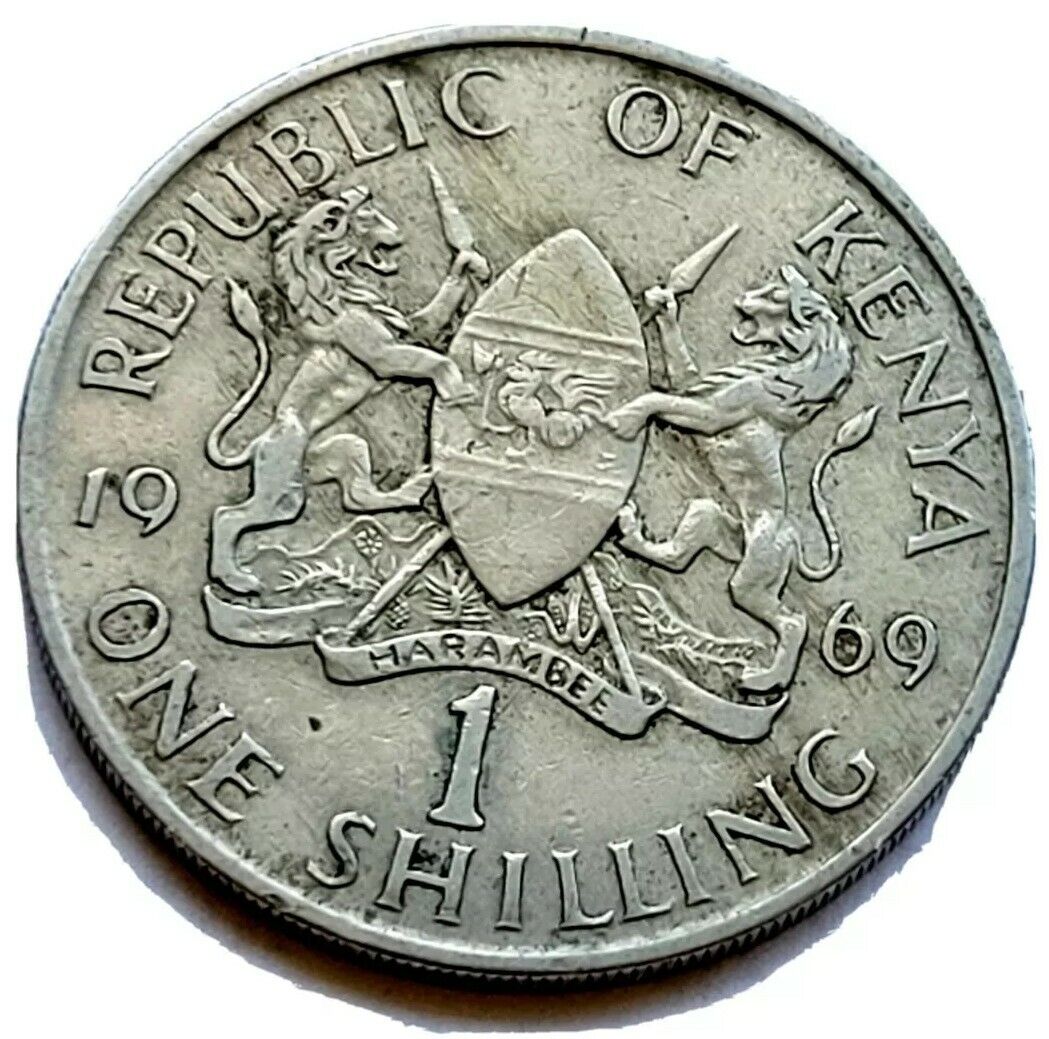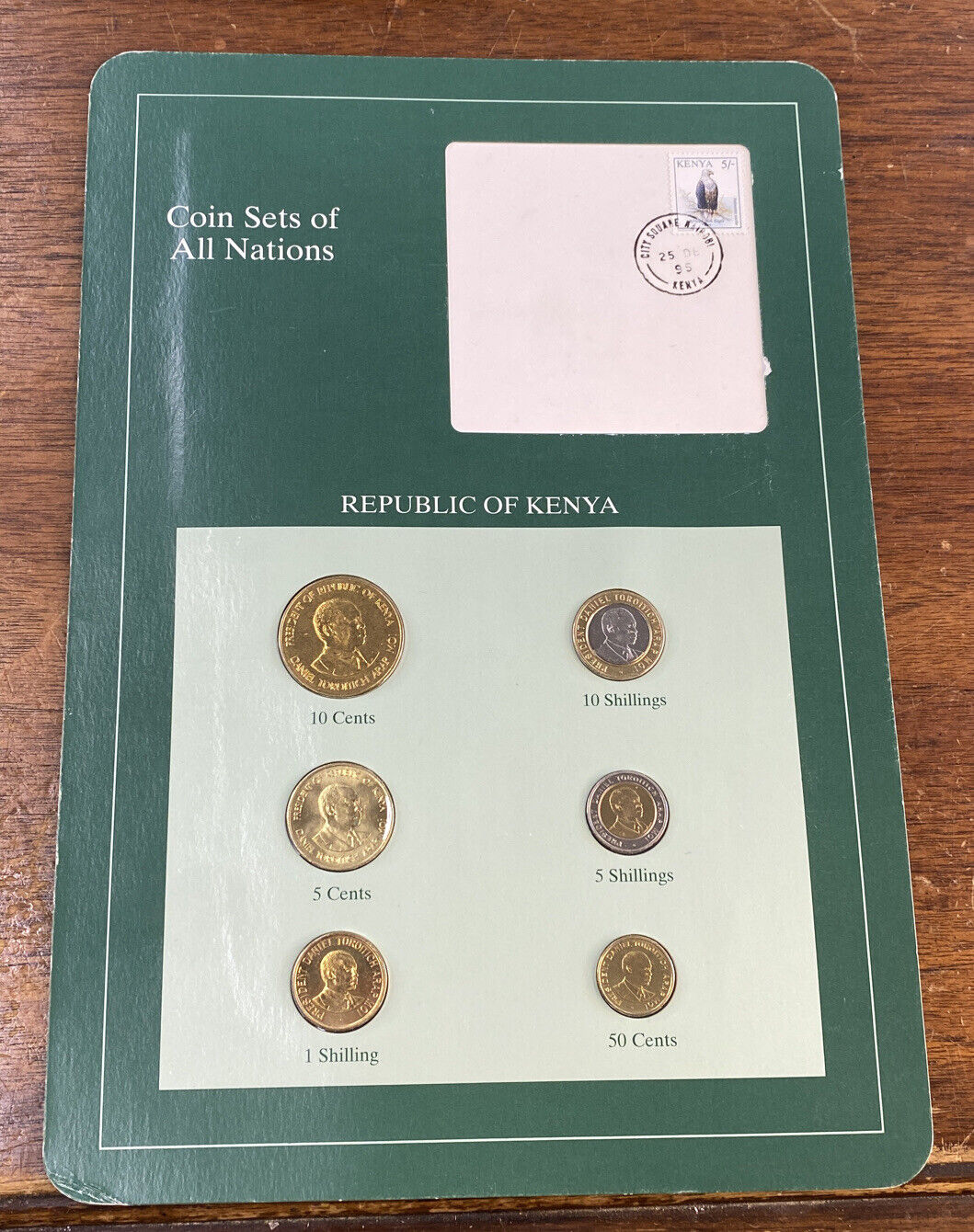-40%
1936 10 CENT COIN BRONZE IBEA IMPERIAL BRITISH EAST AFRICA COLONY TERRITORY DARK
$ 25.05
- Description
- Size Guide
Description
1936 10 CENT COIN BRONZE IBEA IMPERIAL BRITISH EAST AFRICA COLONIAL TERRITORYGREETINGS, FEEL FREE
TO
"SHOP NAKED."
©
We deal in items we believe others will enjoy and want to purchase.
We are not experts.
We welcome any comments, questions, or concerns.
WE ARE TARGETING A GLOBAL MARKET PLACE.
Thanks in advance for your patronage.
Please Be sure to add WDG to your
favorites list
!
NOW FOR YOUR VIEWING PLEASURE…
EAST AFRICA
KM#19
IMPERIAL BRITISH EAST AFRICA
IBEA
RARE!
LOW MINTAGE!
EDWARD VIII REX ET IND IMP
KING EDWARD THE 8th
NUMERATION IS FLANKED BY TWO ELEPHANT TUSKS
1936
BRONZE
11.14 grams
31mm
CIRCULATED
VF+/-
KEY DATE - ONE YEAR
----------------------------------------------
FYI
East Africa or Eastern Africa is the easterly region of the African continent, variably defined by geography or geopolitics. In the UN scheme of geographic regions, 20 territories constitute Eastern Africa:
Tanzania, Kenya, Uganda, Rwanda and Burundi – comprise the African Great Lakes region and are members of the East African Community (EAC). Burundi and Rwanda are sometimes considered part of Central Africa.
Djibouti, Eritrea, Ethiopia and Somalia – collectively known as the Horn of Africa
Mozambique and Madagascar – often considered part of Southern Africa. Madagascar has close cultural ties to Southeast Asia and the islands of the Indian Ocean.
Malawi, Zambia and Zimbabwe – often included in Southern Africa, and formerly of the Central African Federation
Comoros, Mauritius and Seychelles – small island nations in the Indian Ocean
Réunion and Mayotte – French overseas territories also in the Indian Ocean.
South Sudan – newly independent from Sudan
Due to colonial territories of the British East Africa Protectorate and German East Africa, the term East Africa is often (especially in the English language ) used to specifically refer to the area now comprising the three countries of Kenya, Tanzania and Uganda. However, this has never been the convention in many other languages, where the term generally had a wider, strictly geographic context and therefore typically included Djibouti, Eritrea, Ethiopia, Somalia and Sudan.
Egypt and Sudan are also in the northeastern portion of the continent, but are usually included in Northern Africa.
East Africa Protectorate (also known as British East Africa) was an area of East Africa occupying roughly the same terrain as present-day Kenya (approximately 246,800 mi² / 639,209 km²) from the Indian Ocean inland to Uganda and the Great Rift Valley. It was controlled by Britain in the late 19th century; it grew out of British commercial interests in the area in the 1880s and remained a protectorate until 1920 when it became the colony of Kenya.
European missionaries began settling in the area from Mombasa to Mount Kilimanjaro in the 1840s, nominally under the protection of the Sultan of Zanzibar. In 1886 the British government encouraged William Mackinnon, who already had an agreement with the Sultan and whose shipping company traded extensively in East Africa, to establish British influence in the region. He formed a British East Africa Association which led to the Imperial British East Africa Company being chartered in 1888 and given the original grant to administer the dependency. It administered about 150 miles (240 km) of coastline stretching from the River Tana via Mombasa to German East Africa which were leased from the Sultan. The British "sphere of influence", agreed at the Berlin Conference of 1885, extended up the coast and inland across the future Kenya and after 1890 included Uganda as well. Mombasa was the administrative centre at this time.
However, the company began to fail, and on 1 July 1895 the British government proclaimed a protectorate, the administration being transferred to the Foreign Office. In 1902 administration was again transferred to the Colonial Office and the Uganda territory was incorporated as part of the protectorate also. In 1902, the East Africa Syndicate received a grant of 500 square miles (1,300 km2) in order to promote white settlement in the Highlands. The capital was shifted from Mombasa to Nairobi in 1905 and in 1906 an order in council constituted the administrator a governor and provided for legislative and executive councils. Lieutenant Colonel J. Hayes Sadler was the first governor and commander in chief. On 23 July 1920 the protectorate became the Kenya Colony.
After 1896, immigrants from India came to the area as money lenders, traders, and artisans. Racial segregation was normalized, with the Europeans assigning the Highlands to themselves. Other restrictions included commercial and residential segregation in the towns, and restrictions on Indian immigration. Nevertheless, the Indians rapidly grew to outnumber the Europeans by more than two to one by 1919. India was a crown colony whose citizens enjoyed certain privileges but it was unclear whether the Indians in East Africa were to be recognized as citizens of the British Empire or as a subject race.
In April 1902, the first application for land in British East Africa was made by the East Africa Syndicate - a company in which financiers belonging to the British South Africa Company were interested - which sought a grant of 5,382 square feet (500 m²)., and this was followed by other applications for considerable areas, including a large Jewish settlement. In April 1903, Major Frederick Russell Burnham, the famous American scout and then a Director of the East African Syndicate, sent an expedition consisting of John Weston Brooke, John Charles Blick, Mr. Bittlebank and Mr. Brown, to assess the mineral wealth of the region. The party, known as the "Four B.'s", travelled from Nairobi via Mount Elgon northwards to the western shores of Lake Rudolph, experiencing plenty of privations from want of water, and of the danger from encounters with the Maasai. With the arrival in 1903 of hundreds of prospective settlers, chiefly from South Africa, questions were raised concerning the preservation for the Maasai of their rights of pasturage, and the decision was made to entertain no more applications for large areas of land.
In the carrying out of this policy of colonisation a dispute arose between Sir Charles Eliot, then Commissioner of British East Africa and Lord Lansdowne, the British Foreign Secretary. Lansdowne, believing himself bound by pledges given to the East Africa Syndicate, decided that they should be granted the lease of the 500 mi². they had applied for; but after consulting officials of the protectorate then in London, he refused Eliot permission to conclude leases for 50 mi². each to two applicants from South Africa. Eliot thereupon resigned his post, and in a public telegram to the Prime Minister, dated Mombasa, the 21st of June, 1904, gave as his reason:- "Lord Lansdowne ordered me to refuse grants of land to certain. private persons while giving a monopoly of land on unduly advantageous terms to the East Africa Syndicate. I have refused to execute these instructions, which I consider unjust and impolitic." On the day Sir Charles sent this telegram the appointment of Sir Donald William Stewart, the chief commissioner of Ashanti (Ghana), to succeed him was announced.
Stamps and postal history of British East Africa
The territory had its own mail system during the 1890s; see Postage stamps and postal history of British East Africa for further details.
(STOCK PICTURE FOR DISPLAY ONLY)
---------------------------
Thanks for choosing this auction. You may email for alternate payment arrangements. We combine shipping. Please pay promptly after the auction. The item will be shipped upon receipt of funds. WE ARE GOING GREEN, SO WE DO SOMETIMES USE CLEAN RECYCLED MATERIALS TO SHIP.
Please leave feedback when you have received the item and are satisfied. Please respond when you have received the item * If you were pleased with this transaction, please respond with all 5 stars! If you are not pleased, let us know via e-mail. Our goal is for 5-star service. We want you to be a satisfied, return customer.
Please express any concerns or questions. More pictures are available upon request. The winning bid will incur the cost of S/H INSURED FEDEX OR USPS. See rate calculator or email FOR ESTIMATE. International Bidders are Welcome but be mindful if your country is excluded from safe shipping.
Thanks for perusing THIS and ALL our auctions.
Please Check out our
other items
!
WE like the curious and odd.
Buy, bye.
i
Track Page Views With
Auctiva's FREE Counter







